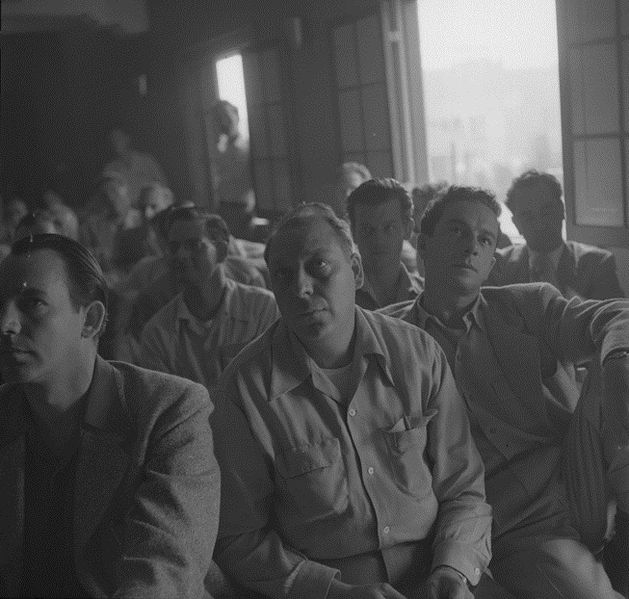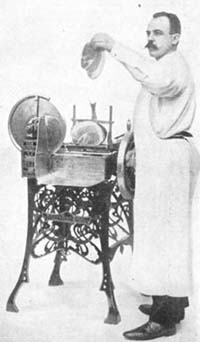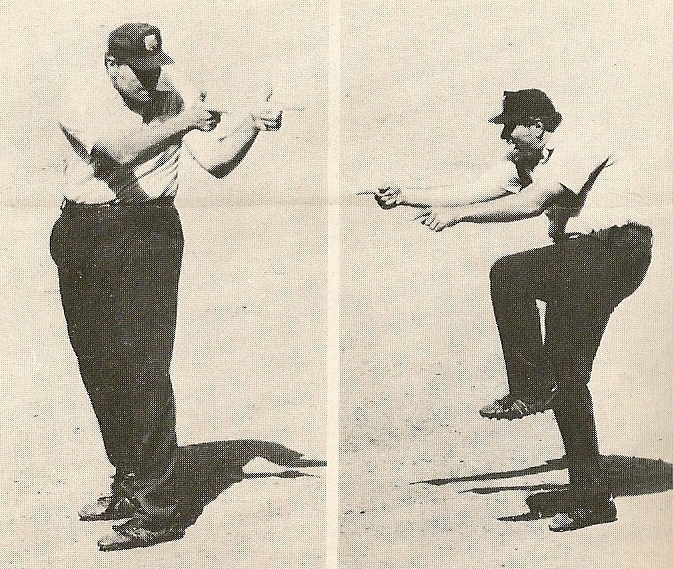
I came across this classic photograph of Harry Houdini and President Lincoln, and assumed it was the former debunking seances, which he loved to do. But it was actually a different kind of demystification–that of spirit photography. That phenomenon, which was first documented in the 1850s, supposedly showed ghosts of the dead making their presence known in photographs. It was a funereal kind of photobombing. In the 1920s, when Houdini created this image to show how phony the whole thing was, even bright people like Sir Arthur Conan Doyle were still arguing that spirit photography was genuine. From Kristi Finefield at the Library of Congress:
“In fact, Sir David Brewster, in his 1856 book on the stereoscope, gave step-by-step instructions for creating a spirit photo, beginning with:
‘For the purpose of amusement, the photographer might carry us even into the regions of the supernatural. His art, as I have elsewhere shewn, enables him to give a spiritual appearance to one or more of his figures, and to exhibit them as ‘thin air’ amid the solid realities of the stereoscopic picture.’
He went on to explain how this was easily done. Simply pose your main subjects. Then, when the exposure time is nearly up, have the ‘spirit’ figure enter the scene, holding still for only seconds before moving out of the picture. The ‘spirit’ then appeared as a semi-transparent figure, as seen in The Haunted Lane.
One of the more famous–and infamous–spirit photographers was William H. Mumler of Boston. He turned his ability to make photographs with visible spirits into a lucrative business venture, starting in the 1860s. Doubts grew about his work, but even when a spiritualist named Doctor Gardner recognized some of the so-called spirits as living Bostonians, people continued to pay as much as $10 a sitting. Mumler was charged with fraud in 1869, though not convicted, due to lack of evidence. However, his career as a photographer of the spirit world was essentially over.
Celebrities took sides in the debate in the 1920s. Famed author Sir Arthur Conan Doyle was an outspoken Spiritualist who believed that the supernatural could appear in photographs, while illusionist Harry Houdini denounced mediums as fakes and spirit photography as a hoax. Doyle and Houdini publicly feuded in the newspapers.
To demonstrate how easy it was to fake a photograph, Houdini had this image made in the 1920s, showing himself talking with Abraham Lincoln. He even based entire shows around debunking the claims of mediums and the entire idea of Spiritualism.”



























